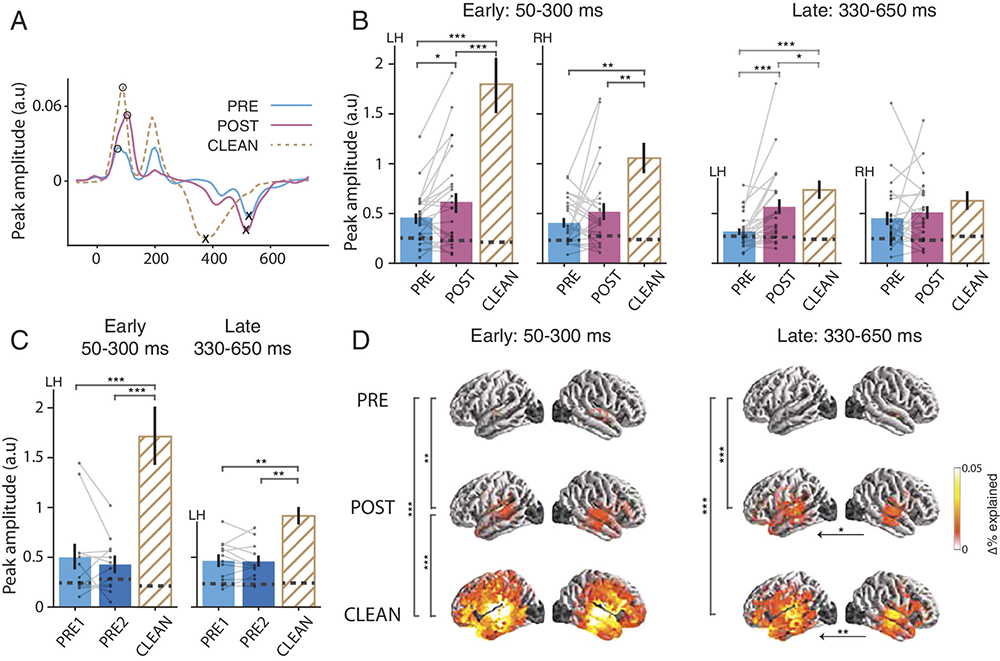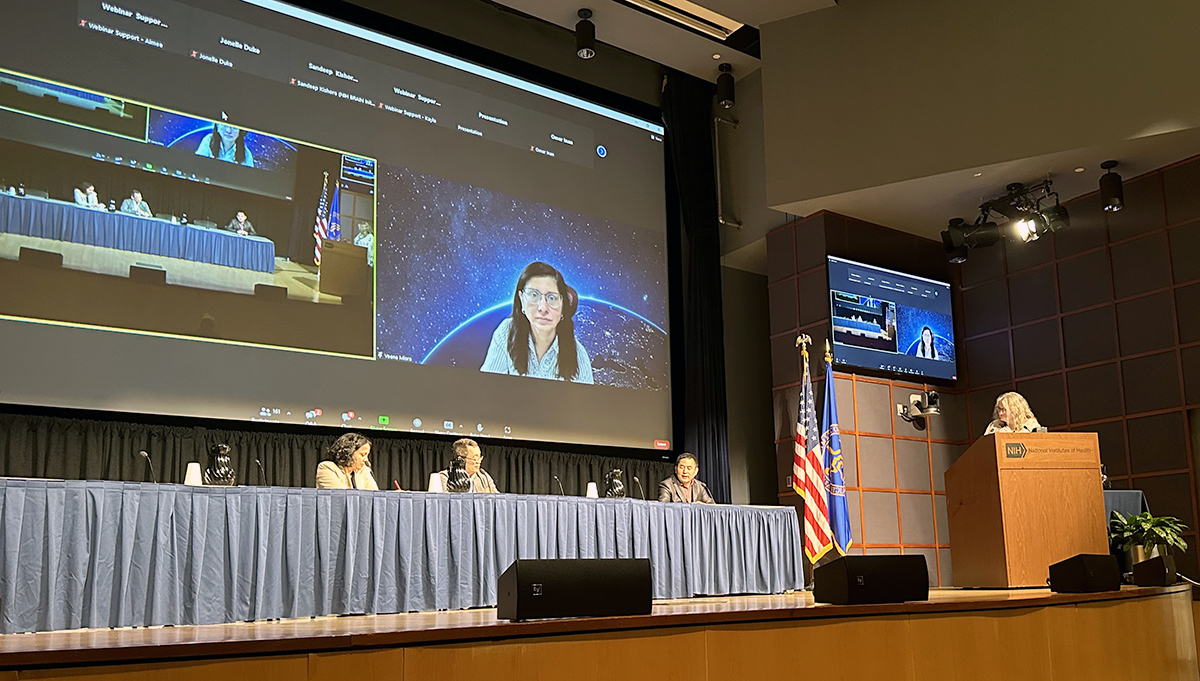News Story
UMD neuroscience researchers publish in the journal Neuron
“Emergent Selectivity for Task-Relevant Stimuli in Higher-Order Auditory Cortex,” a new paper by Professor Shihab Shamma (ECE/ISR), ISR Associate Research Scientist Jonathan Fritz and their colleagues has been published in the April 16, 2014 edition of the journal Neuron. It suggests the brain’s auditory, visual and somatosensory systems may have a similar functional hierarchical structure.Co-first authors on the paper are alumna Serin Atiani (Ph.D 2010 Neuroscience and Cognitive Sciences), a former student of Shamma and currently a postdoctoral researcher at the Montreal Neurological Institute, McGill University, Montreal; and former ISR postdoctoral researcher Stephen David, an assistant professor at Oregon Health & Science University, where he heads the Laboratory of Brain, Hearing, and Behavior in the Oregon Hearing Research Center.
In addition to Shamma and Fritz, the other authors are Diego Elgueda, a graduate student in the Neuroscience and Cognitive Sciences program, co-advised by Shamma and Fritz; Electrical and Computer Engineering Ph.D. student Michael Locastro, advised by Shamma; and Susanne Radtke-Schuller of Ludwig Maximilians University, Munich, Germany.
While attention-related effects have been demonstrated in the mammalian brain’s primary auditory cortex, an understanding of the functional role of higher auditory cortical areas in guiding attention to acoustic stimuli has been elusive. The researchers showed that changes in neuronal firing rates and response dynamics greatly enhanced responses to target stimuli relative to distractors, allowing for greater attentional selection during active listening. The pattern of sensory tuning and behavioral modulation in the auditory belt cortex links the spectrotemporal representation of the whole acoustic scene in the primary auditory cortex to a more abstracted representation of task-relevant stimuli observed in the frontal cortex.
The team’s previous work suggested that attention selectively highlights foreground stimuli by initiating rapid, reversible changes in sensory tuning. Consistent with findings in other sensory systems, primary auditory cortex neurons undergo rapid, short-term task-dependent changes of their sensory tuning properties when an animal engages in a new auditory task that requires discrimination between spectrotemporal sound features.
The main finding of this study is that a form of rapid task-induced plasticity occurs in the cortical belt areas as in the primary auditory cortex, but with much larger magnitude. The difference in the this magnitude is driven largely by a selective increase in response firing rates to target tones during behavior. This suggests a general mechanism by which top-down control circuits could gradually extract behaviorally relevant sensory features through a hierarchy of brain areas.
The data suggest that the brain’s auditory, visual and somatosensory systems may have a similar functional hierarchical structure, in which primary areas provide real information about sensory inputs, information that is background or distracting to the task is gradually suppressed as signals are transmitted through higher-order sensory areas to frontal executive areas. This hierarchy in neurophysiological responses is a pathway leading from core auditory areas to the frontal cortex.
Published April 16, 2014







